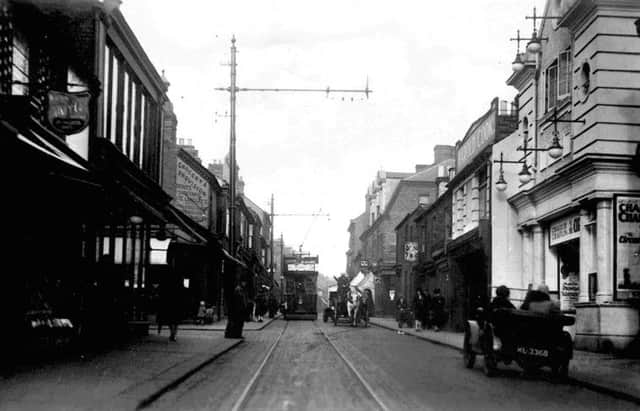Hat’s off to High Town, one of the oldest parts of Luton


Records in 1801 show that the population of the whole of the parish of Luton, which included all the surrounding hamlets as well as the town, was 3,095 and that of the town itself was only about 2,000. In 2011 it was 203,200.
There were a few cottages in the area that is now High Town and it became known as Donkey Hall.
Advertisement
Hide AdAdvertisement
Hide AdIt is believed it got that name from the time the ‘Round Meeting’, the octagonal Park Street Baptist Church, was built in 1814. An enterprising person carried bricks from the old church on the site on a donkey along Barber’s Lane to build a house in High Town.
A short distance from Donkey Hall was Coney Hall, hence the name of Old Bedford Road pub the Rabbit, today called the English Rose.
The Methodists built a church in High Town Road in 1838 and a new one was constructed adjoining it 14 years later. The first building became a school.
An increase in the number of trained doctors in Luton combined with the growth of the population led to two houses in High Town Road being converted into a cottage hospital in 1872.
Advertisement
Hide AdAdvertisement
Hide AdAnd as well as a wide selection of shops, the street eventually had its own cinema, the Plaza, which opened in 1912.
High Town also has a long association with the millinery trade. Victorian and early 20th century houses still standing in the area were built for workers from its many hat factories.